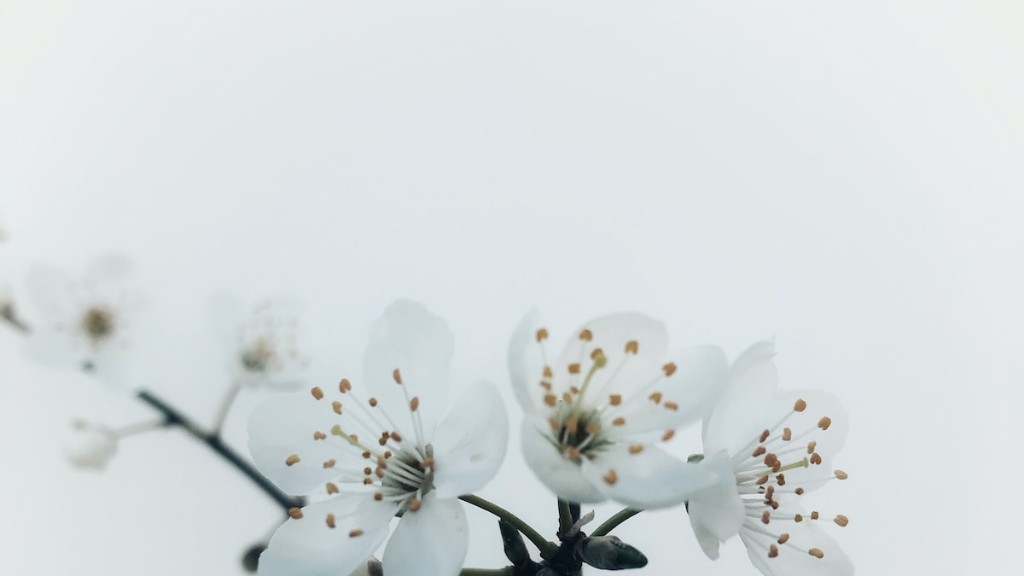Crab apples are popular tree species known for their fragrant blossoms and uniquely flavored fruit. However, there are several reasons why your crab apple tree might not be flowering. One of the most common culprits is winter damage, which can occur if a late freeze damages new growth or if the tree was not adequately insulated. It’s also possible that the tree’s age or size might be a factor, as crab apples tend to flower as they reach maturity. Fertilizer overload, a lack of sunlight or pests can also inhibit blossom production.
The primary way to determine why your crab apple tree isn’t flowering is to perform a thorough inspection of the tree and its surroundings. Start by checking for signs of frost damage on both the branches and the roots. If there’s no obvious damage, examine the surrounding soil for signs of nutrient deficiencies or over-fertilization. It’s also a good idea to look for evidence of pests, such as wilting foliage or webbing.
Once you’ve identified the root cause of the problem, it’s time to take action. If the tree is suffering from frost damage, pruning the damaged areas and providing additional insulation may be enough to help it recover. Adding nutrients can help nutrient-deficient trees, but be careful to avoid over-fertilizing your crab apple. If pests are an issue, you may need to apply a pesticide or contact a professional for assistance.
Finally, consider the tree’s age and size. If your crab apple is only a few years old, patience is key; it may just need some additional time to reach maturity. If it’s already mature, then pruning can help promote new growth, while training can help shape the tree into a flowering form.
Winter Damage
Winter damage is one of the most common reasons why a crab apple tree may not be flowering. It can occur when new growth is exposed to a late spring frost, or if the tree was not adequately protected in winter. To identify winter damage, check for dead branches, discolored foliage and other indicators of frost damage. If winter damage is the cause of the problem, the tree may be able to recover with additional insulation and pruning of the affected areas.
Age and Size
Crab apples tend to flower as they reach maturity, and it’s possible that your tree simply isn’t old enough for blossoms to form. If you’ve had the tree for several years, then it may benefit from pruning and training to help promote a flowering shape. Pruning will also help to remove dead branches, reduce disease and encourage new growth, so it should be done regardless of age.
Fertilizer
Fertilizer overload is a common cause of crab apple tree issues. If the soil is over-fertilized, it can lead to deficiencies in essential nutrients, preventing the tree from flowering. An analysis of the soil can identify any nutrient deficiencies and help you determine the best treatment. Fertilizer should only be used when necessary and in the appropriate amounts; too much can cause more harm than good.
Pests
Pests such as aphids, mealybugs and scale can interfere with your crab apple tree’s ability to flower. These pests feed on the sap of the tree, depriving it of vital nutrients and weakening it in the process. To guard against pest infestations, make sure to keep your crabapple tree well-watered and pruned regularly. If insects are already present, removing them by hand or treating the tree with a pesticide may be necessary.
Light Conditions
Crab apples thrive in sunny environments, and a lack of sunlight can affect the tree’s ability to flower. Move the tree to a location where it will receive more sun, and prune it back to encourage maximum light exposure. If direct sunlight is not available, a light-containing plant supplement may provide your crab apple with the light it needs to bloom.
Conclusion
There are many reasons why a crab apple tree may not be flowering, and the only way to determine the cause is to conduct a thorough inspection of the tree and its environment. Environmental factors such as winter damage, a lack of nutrients, over-fertilization or pest infestations can all hinder blossom production. Pruning, training and adding nutrients or light supplementation may help to resolve the issue.


